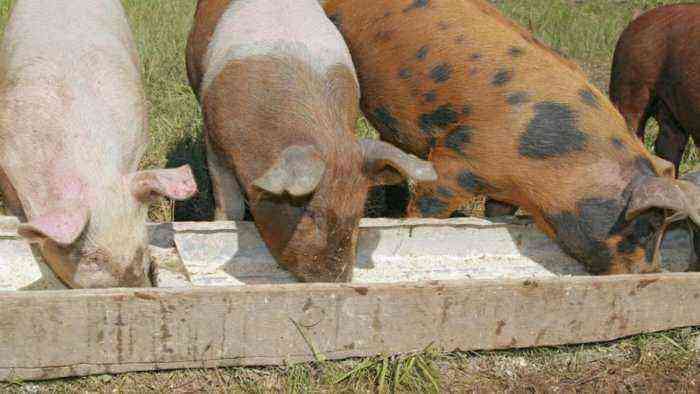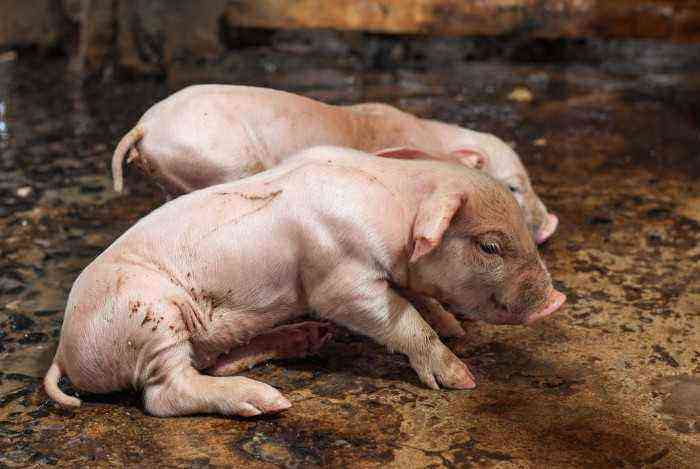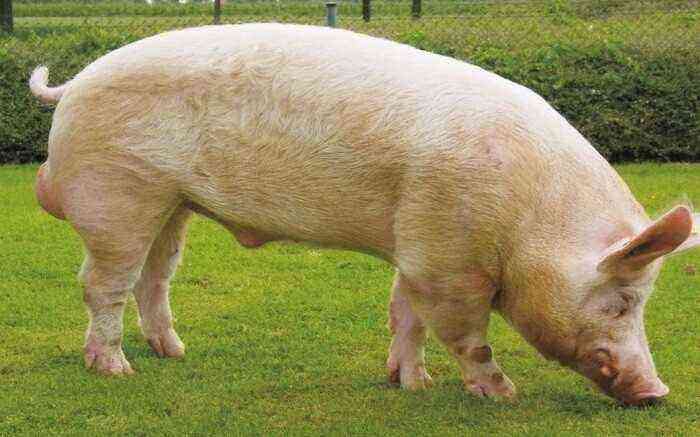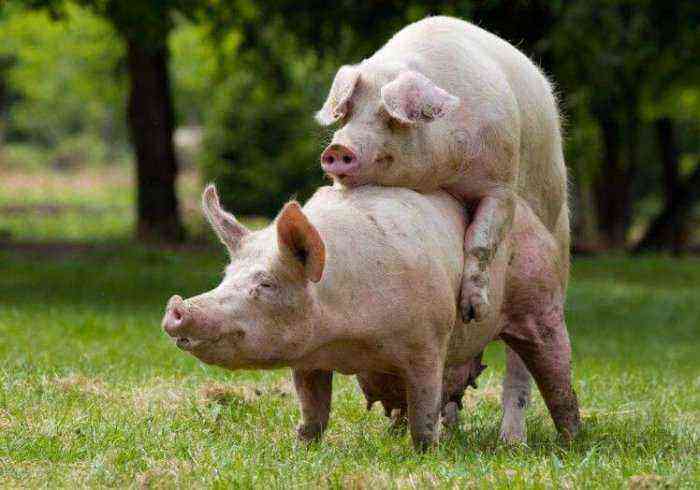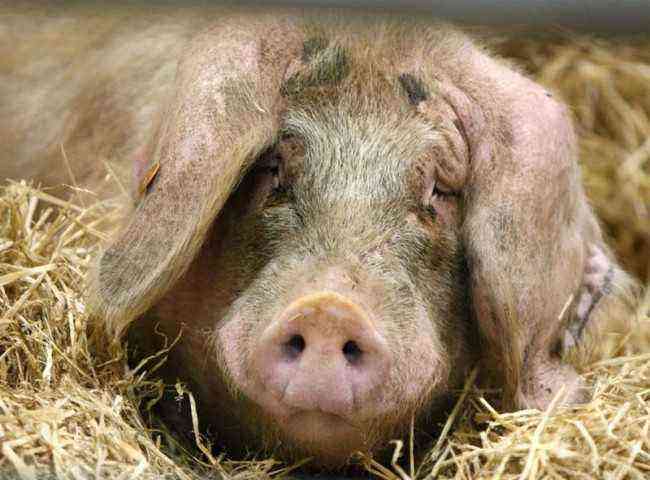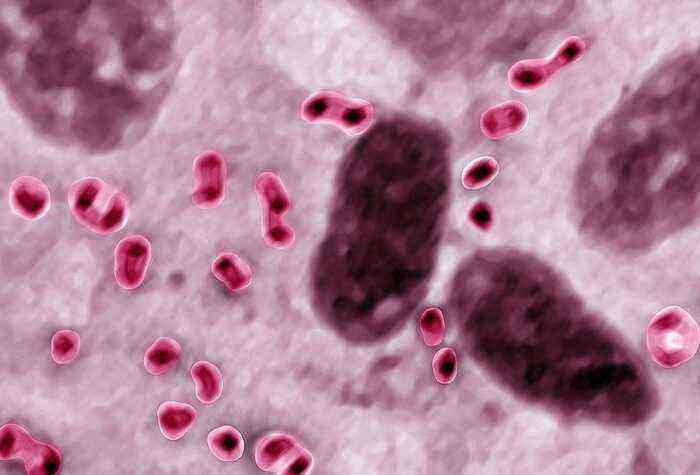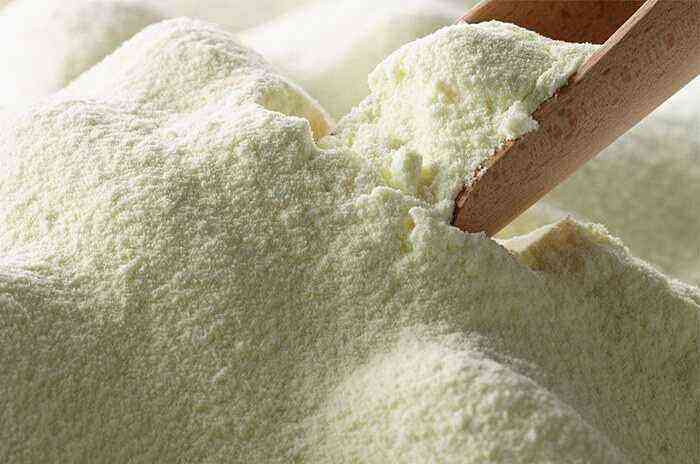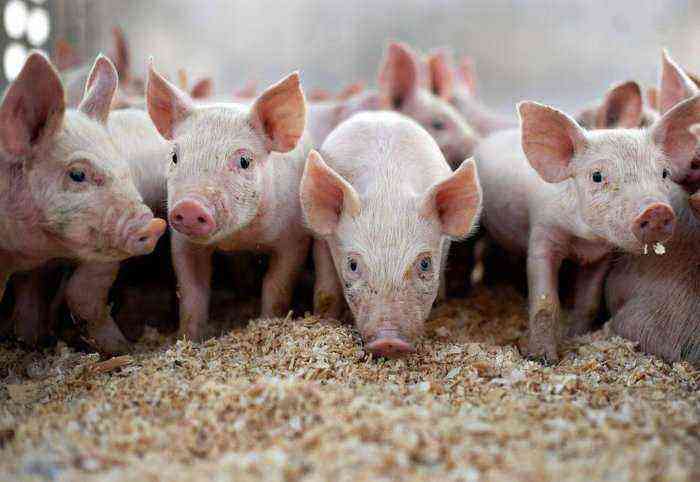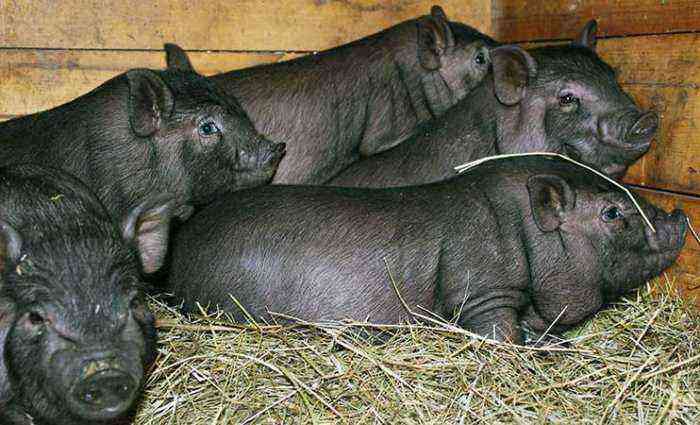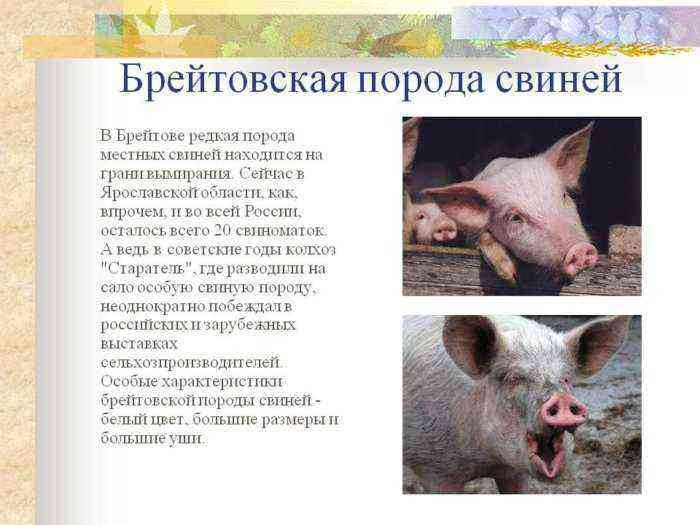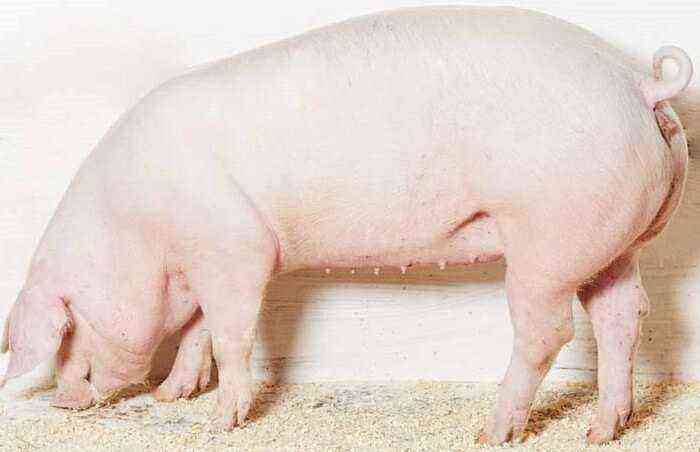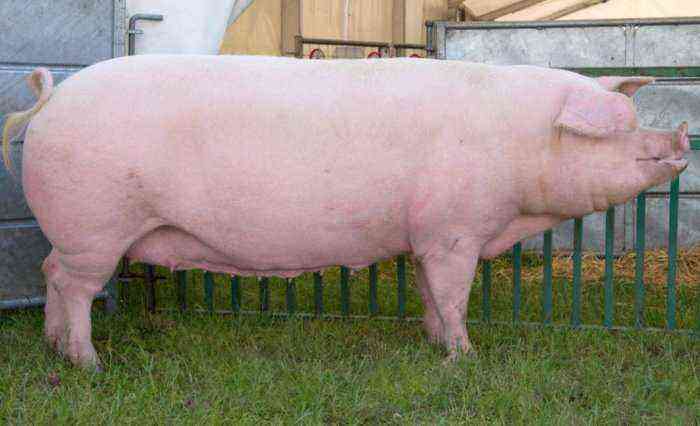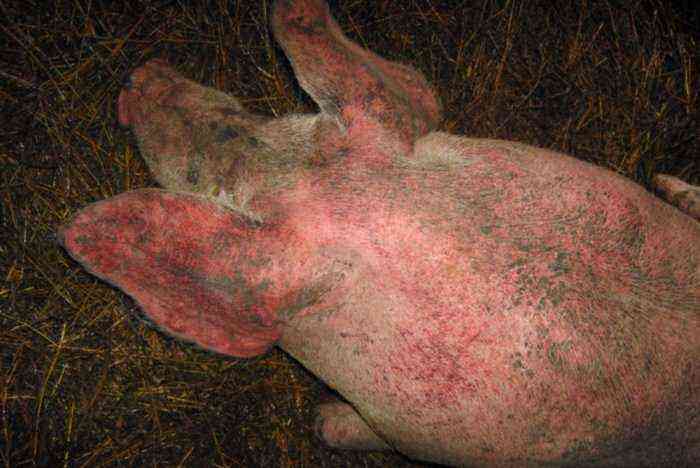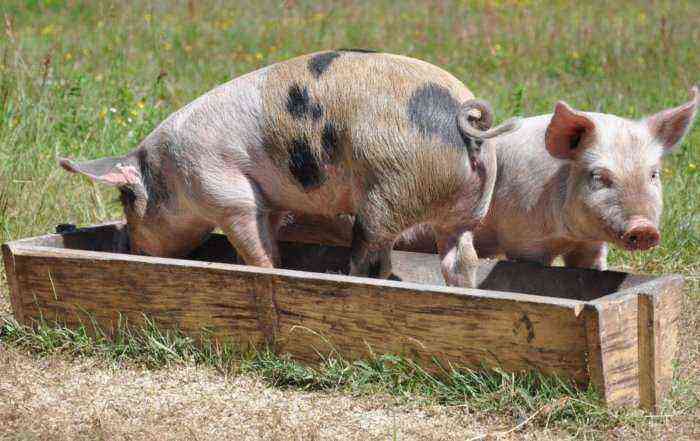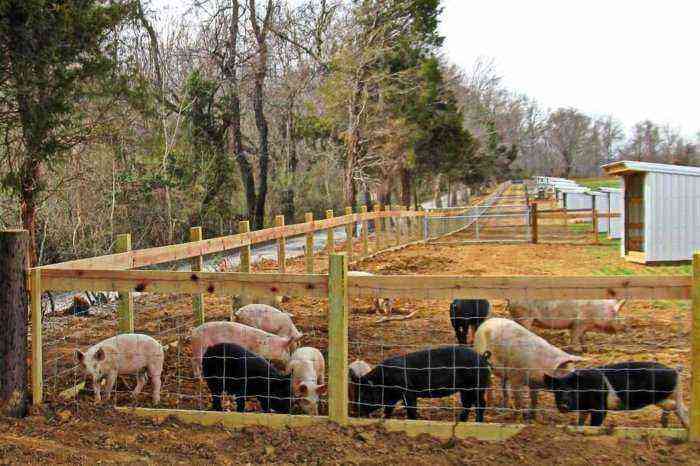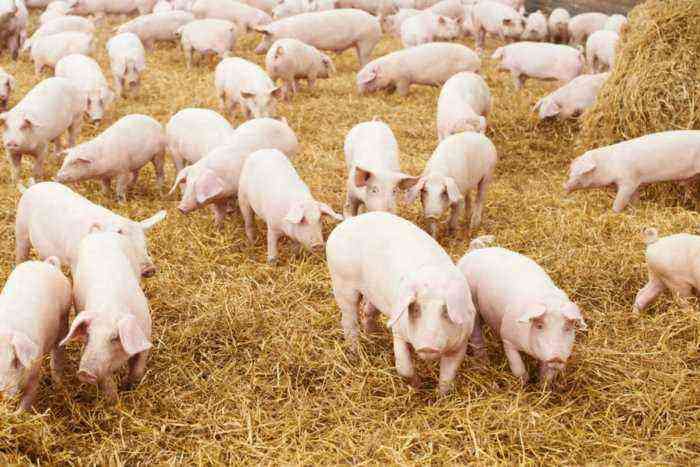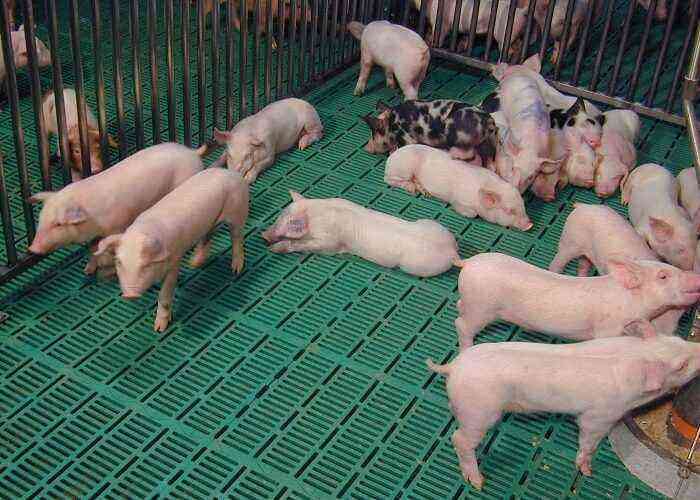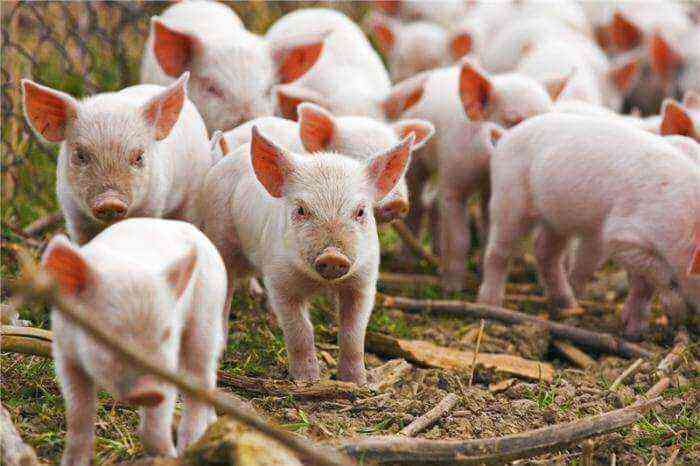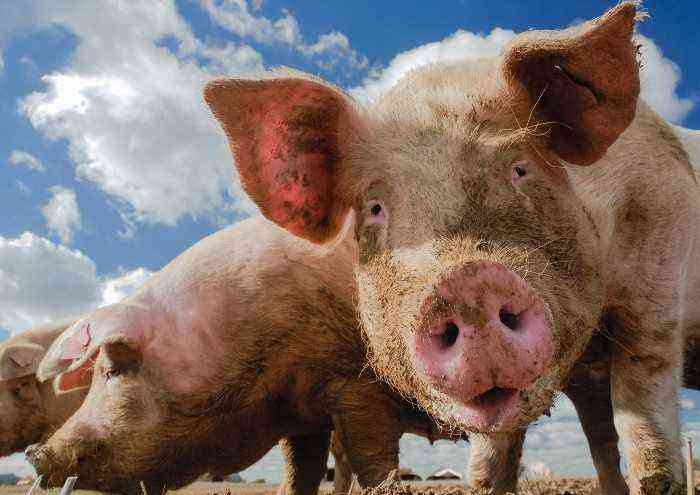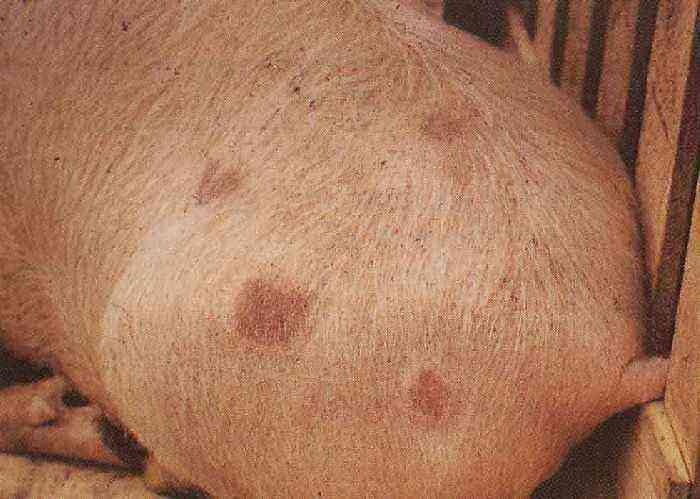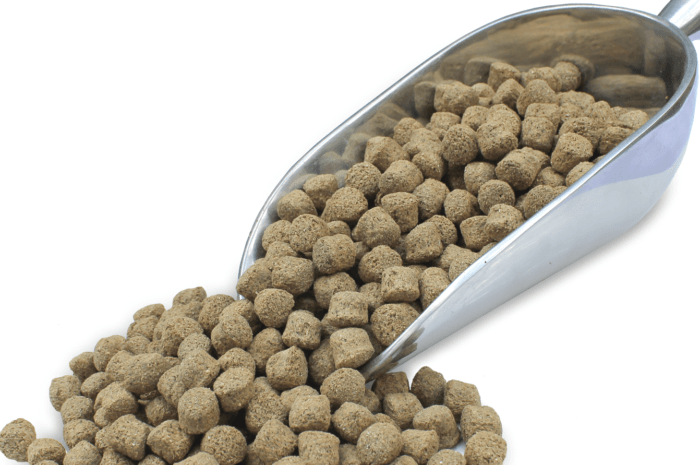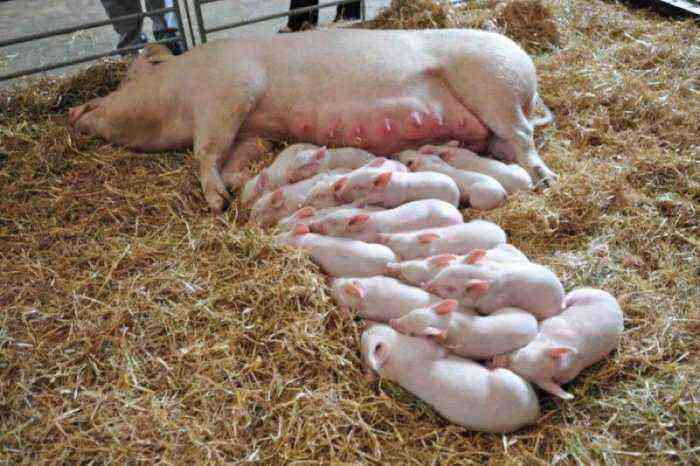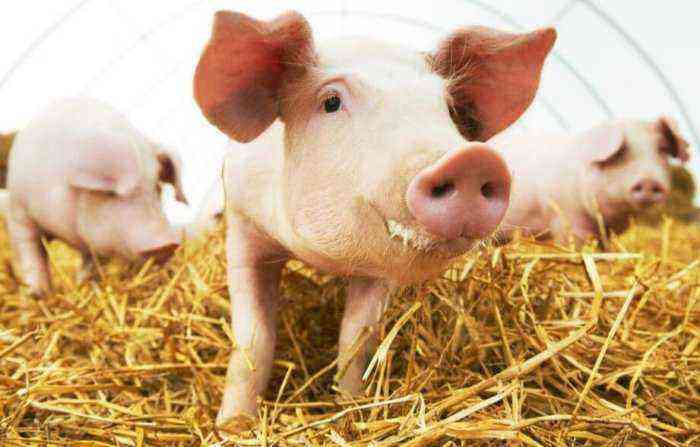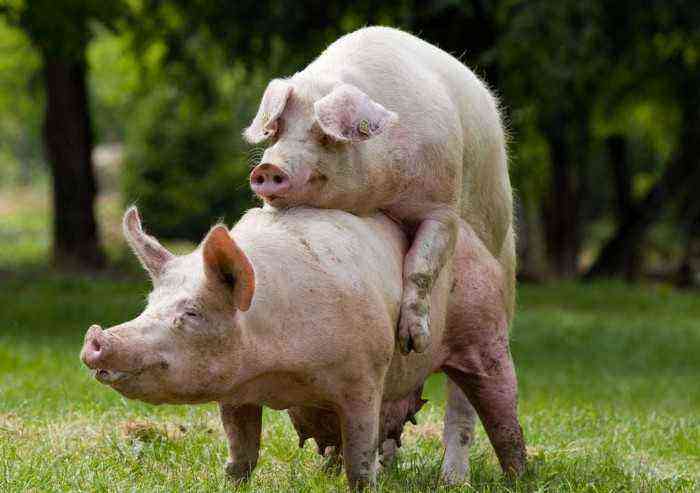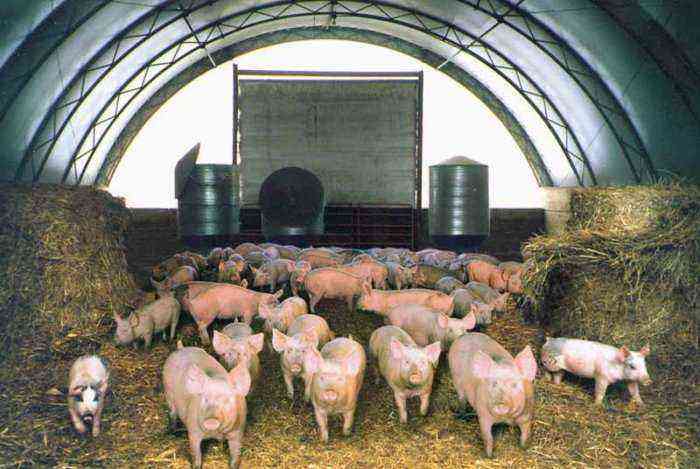The Berkshire pig breed was bred in England over two hundred years ago. Taking its name from the county of Bergshire, where its first purebred representatives were born, it has spread throughout the world. In our country, it is valued for its ability to inherit the best features of the genome and is actively crossed with other breeds.
Berkshire pig breed
Description and appearance
Pigs of the Berkshire breed have a black-and-white color, thick, stiff bristles. An important sign of purebredness are white spots on:
- head;
- limbs;
- tail.
Light markings on other parts of the body indicate traces of crossing. The Berkshires can be distinguished by the characteristic appearance of an elongated head with a concave nose and erect, forward tilted ears. Individuals are distinguished by a strong physique, which determines the productivity of this meat-fat breed:
- wide torso, chest back;
- strong, short legs with developed hams;
- light head and neck.
Productivity
The weight of an adult pig varies from 220 to 300 kg. Up to 88% of the slaughter yield is obtained from the boar. One ham reaches 10 kg, and its greasy layer is 3,5 centimeters.
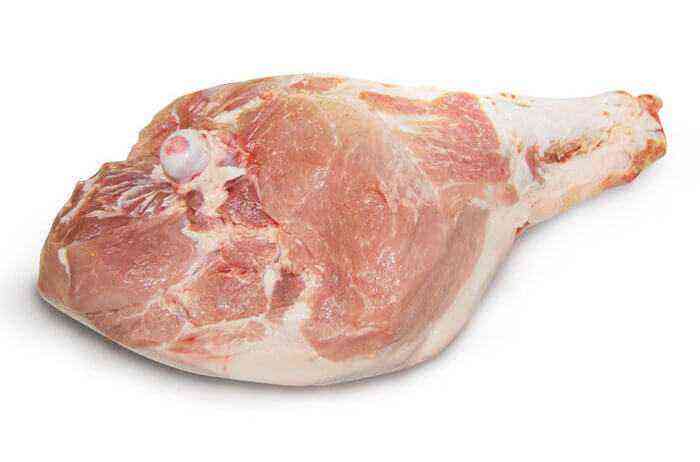
Ham
The meat of pigs is especially valued for its tenderness and excellent taste. Piglets of the Berkshire breed are early maturing and actively accumulate fat from an early age and reach a centner by six months.
The ability to get an individual ready for slaughter with a weight of 100 kg. already six months after the start of fattening, it attracts owners of private households in the northern regions, because it is possible to obtain a quality product in a short warm period.
Pigs are infertile, no more than 6-9 pigs per farrow. This shortcoming is corrected by painstaking selection, choosing the most prolific individuals. Over the years, breeders have been able to achieve an increase of up to 11-22 piglets.
Features of breeding
The Berkshire breed of pigs is unpretentious to the conditions of detention. Animals feel great in the air, so in the warm season they can be kept in an open-air corral. Berkshires are fattened both for meat (up to 100 kg.) and for lard (130 – 140 kg.).
Good results can be achieved using different feeds:
- special compound feed;
- crushed cereals;
- household food waste;
- greens.
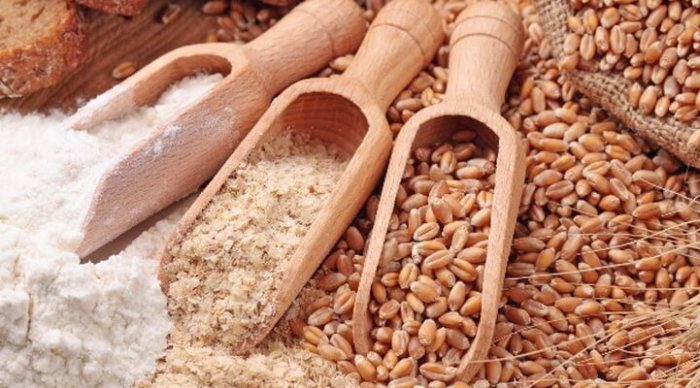
Pigs of this breed love to eat crushed cereals.
These animals can even be grazed and get an excellent product as a result. Promiscuity in food is one of the essential advantages of the breed.
Important! The use of high calorie foods can lead to the accumulation of large amounts of internal fat.
Berkshires are easy to crossbreed, resulting in many successful varieties such as:
- North Caucasian;
- Mirgorodskaya;
- Belarusian black-and-white.
The strong genotype of the breed is well inherited. In this way, it is possible to improve the fertility of offspring and maintain excellent meat-fat characteristics. Crossing a Berkshire boar with a queen of another breed leads to an improvement in the fertility of the offspring and the meat characteristics of the resulting individuals.
Berkshire pigs are excellent for breeding on an industrial scale, as well as for subsidiary households, farm enterprises. Breeders highly appreciate the unpretentiousness of animals, their tasty meat and fat, the ability to quickly gain weight. The disadvantages include the average fertility, which is successfully compensated by easy interbreeding with other breeds.

